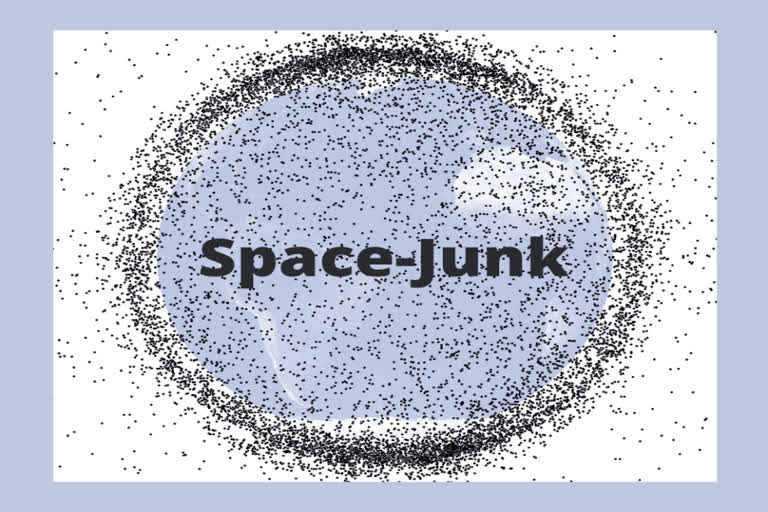WEST LAFAYETTE, Ind, When communication cannot be established with the satellite, it becomes piece of debris that stays in space for hundreds of years or for an indefinite period till it is actively removed.
This space junk poses danger to other spacecraft. There are about 100,000 pieces of debris larger than a penny orbiting Earth, according to a U.S. Strategic Command database.
Space is a vacuum that immediately puts stress on a satellite. Constant transitions between the deep cold of Earth's shadow and the extreme heat of the sun also take a toll over time.
"You know everything about a satellite when it's on the ground. But that configuration changes because, to carry the satellite up, parts of it need to be folded in. Once in space, you want the panels unfolded, stably oriented toward the sun and the antenna pointed toward Earth," Carolin Frueh said. Fueh is a researcher who wanted to find out to a solution to the problem of space junk based on how the satellite reflects sunlight.
The method calls for using telescopes on Earth to collect the light reflected by a satellite or one of its parts. Because satellites are far away, these objects might simply appear as white dots even on a telescope image, similar to stars on a night sky. Changes in the brightness of a "dot" over time are recorded as light curves. These light curves are then processed and used to extract information about an object's appearance or rotational state.
The light that a satellite reflects can help reveal the solution to a structural malfunction. Frueh's lab is working on improving the likelihood that a light curve successfully identifies and characterizes both simple and complex space objects. These light curves will also help to increase knowledge of human-made objects in the absence of information from a satellite operator.
"It matters when we can say with 80% certainty what an object is, even though getting that answer can be extremely difficult. It would be far less helpful, but easier, to give a hundred different answers for what an object is, all with about 1% probability," Frueh said.
In the next 5 to 10 years, this technique will help in:-
- Reliably assisting a satellite operator
- Providing full shape and rotation models even when no information or guesses about the object are available.
- Showing the different surface materials and sharp edges of satellites, making them easier to identify.
"The whole idea is improving space situational awareness," Frueh said.
Also Read: AI reduces 'communication gap' for nonverbal people by as much as half


